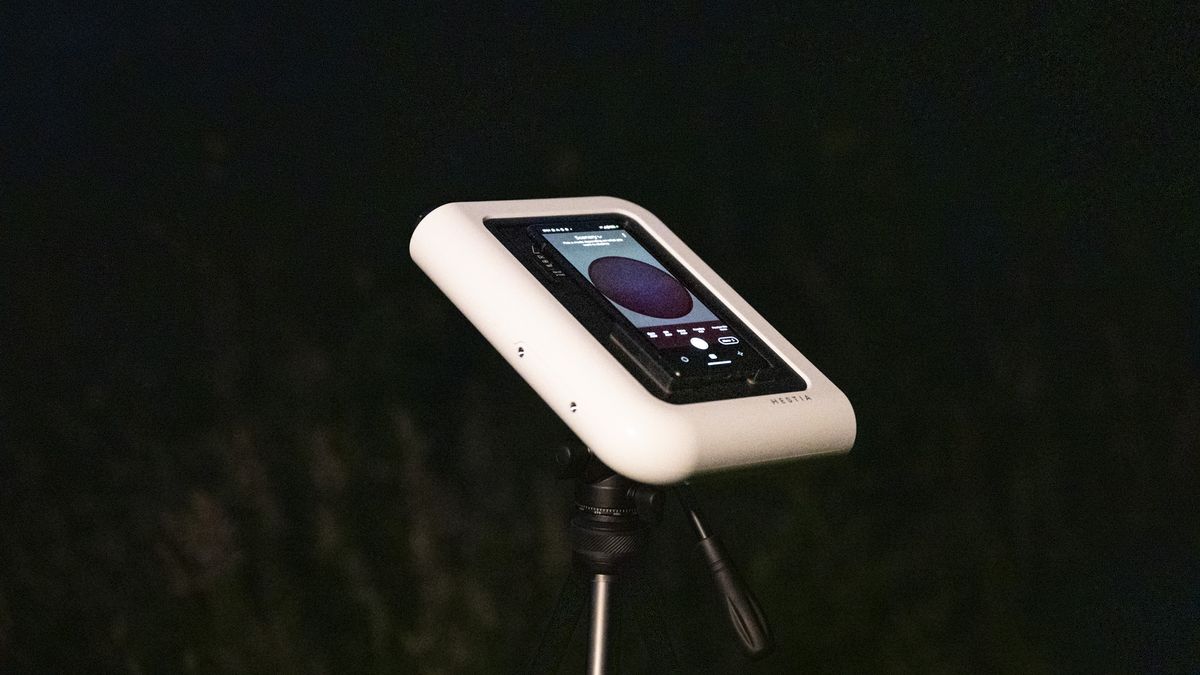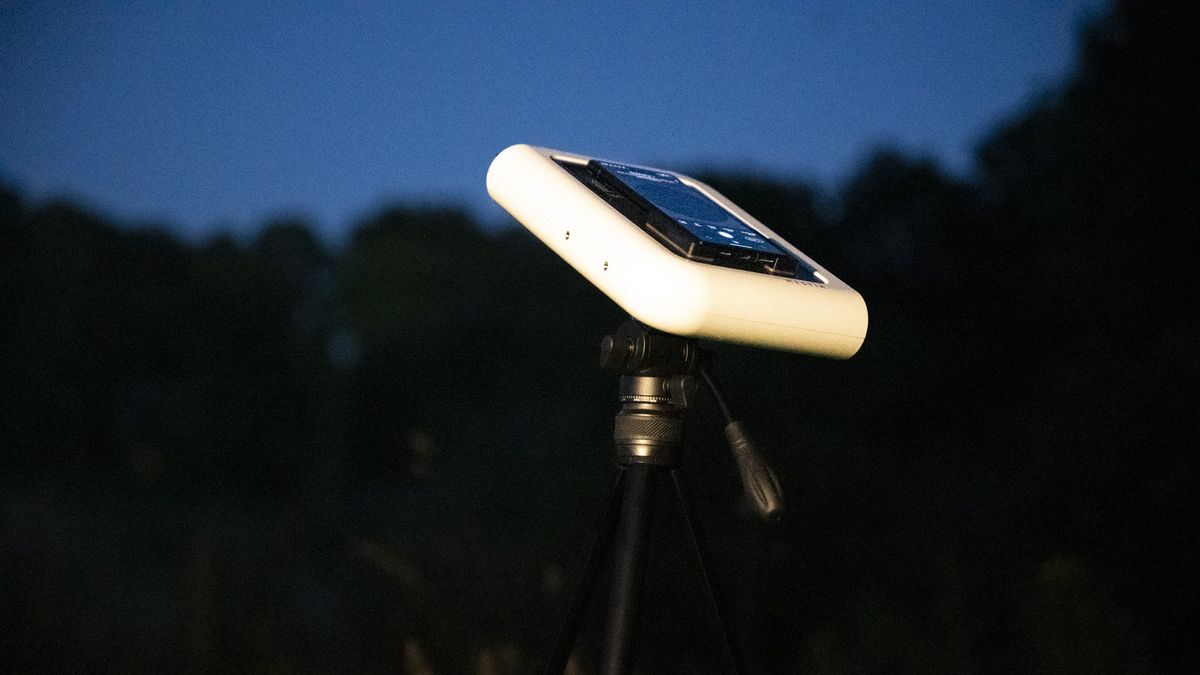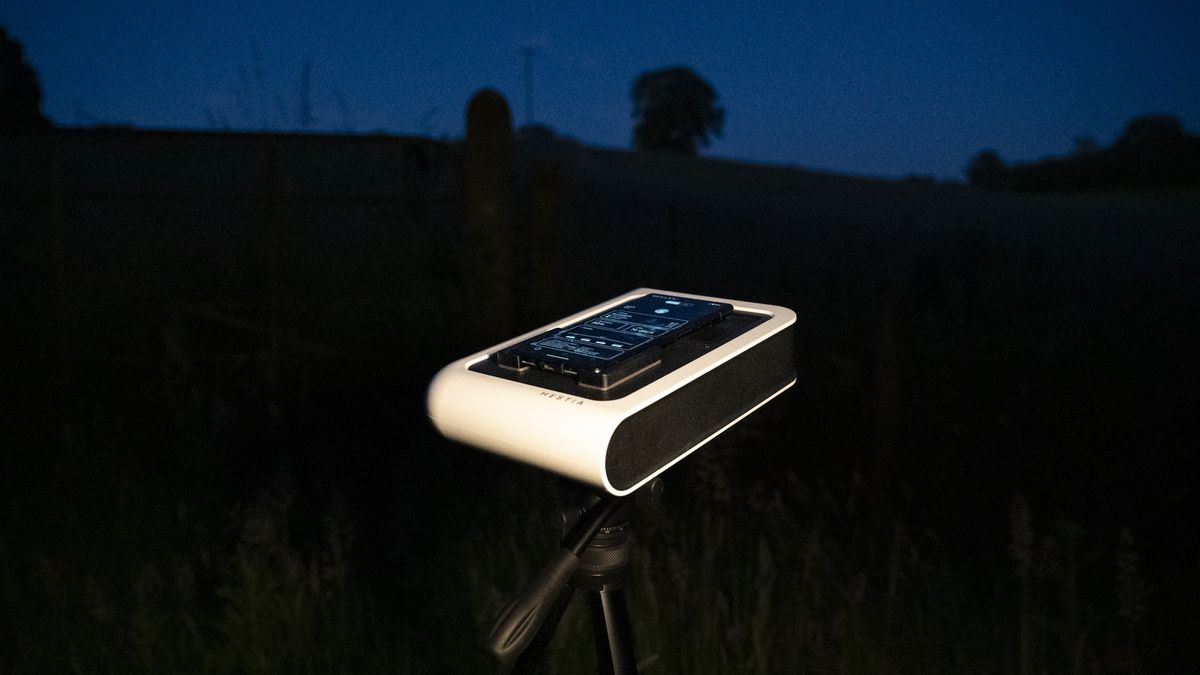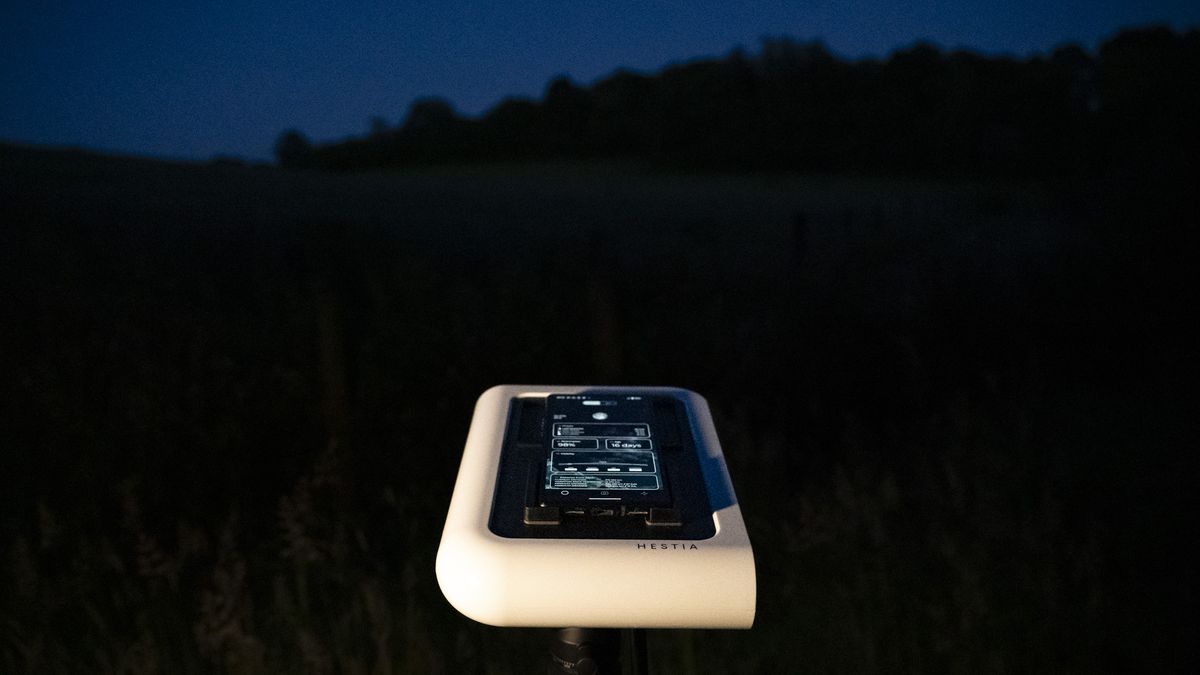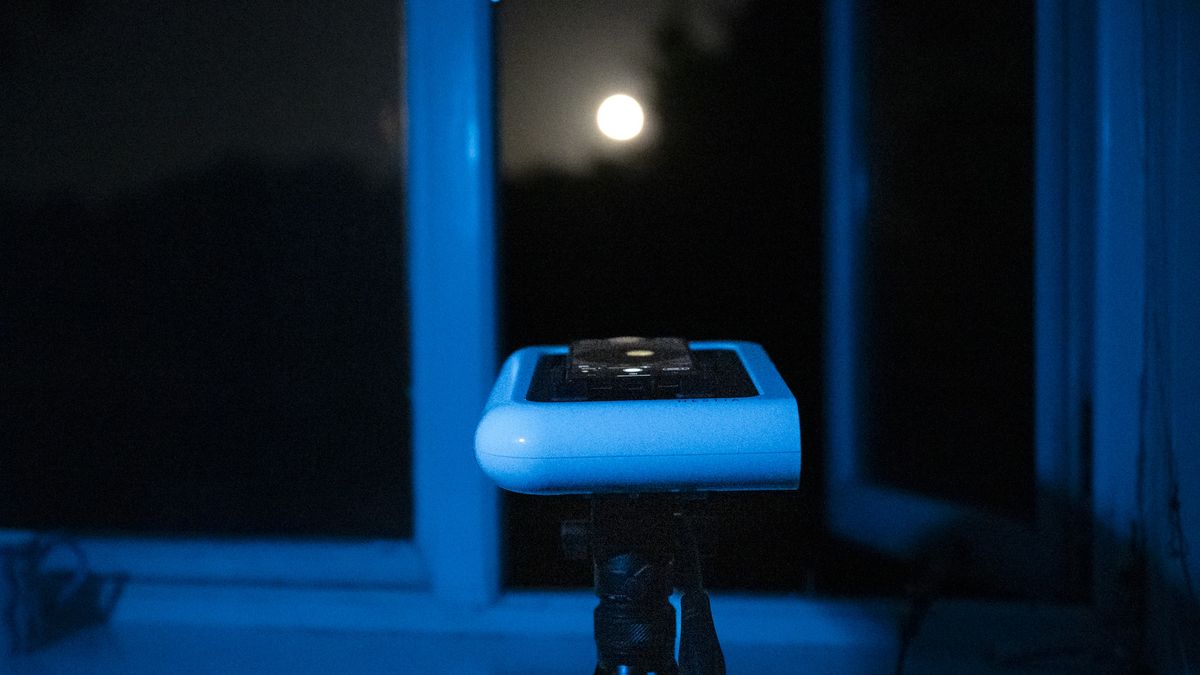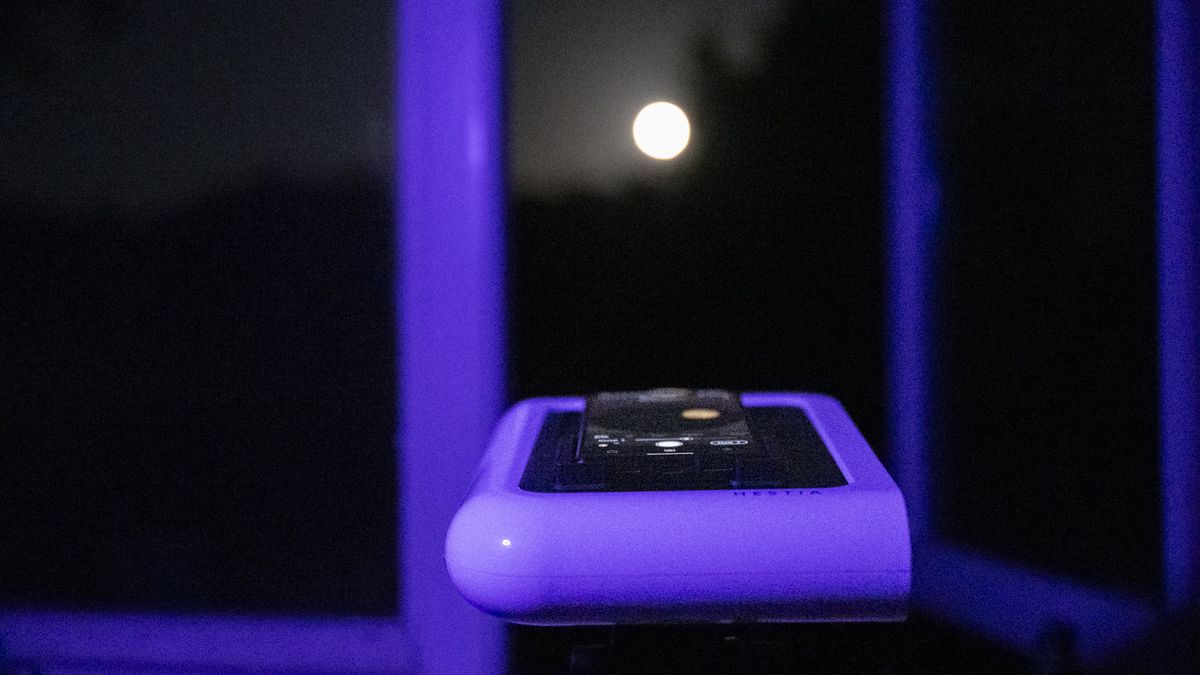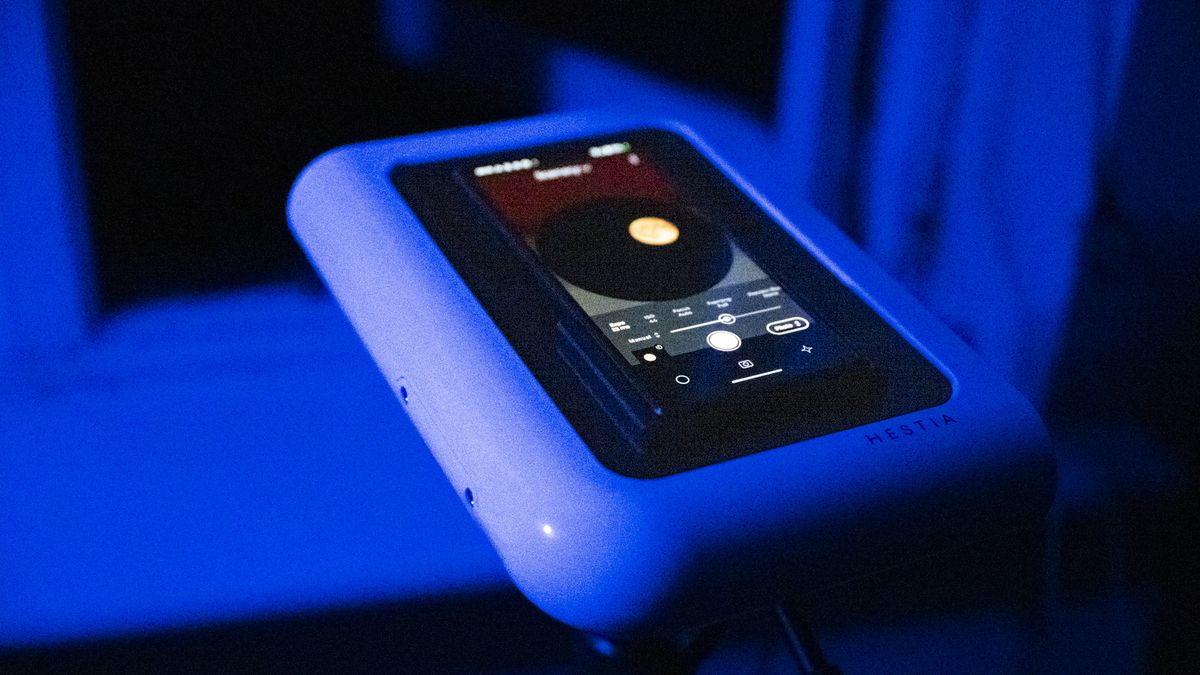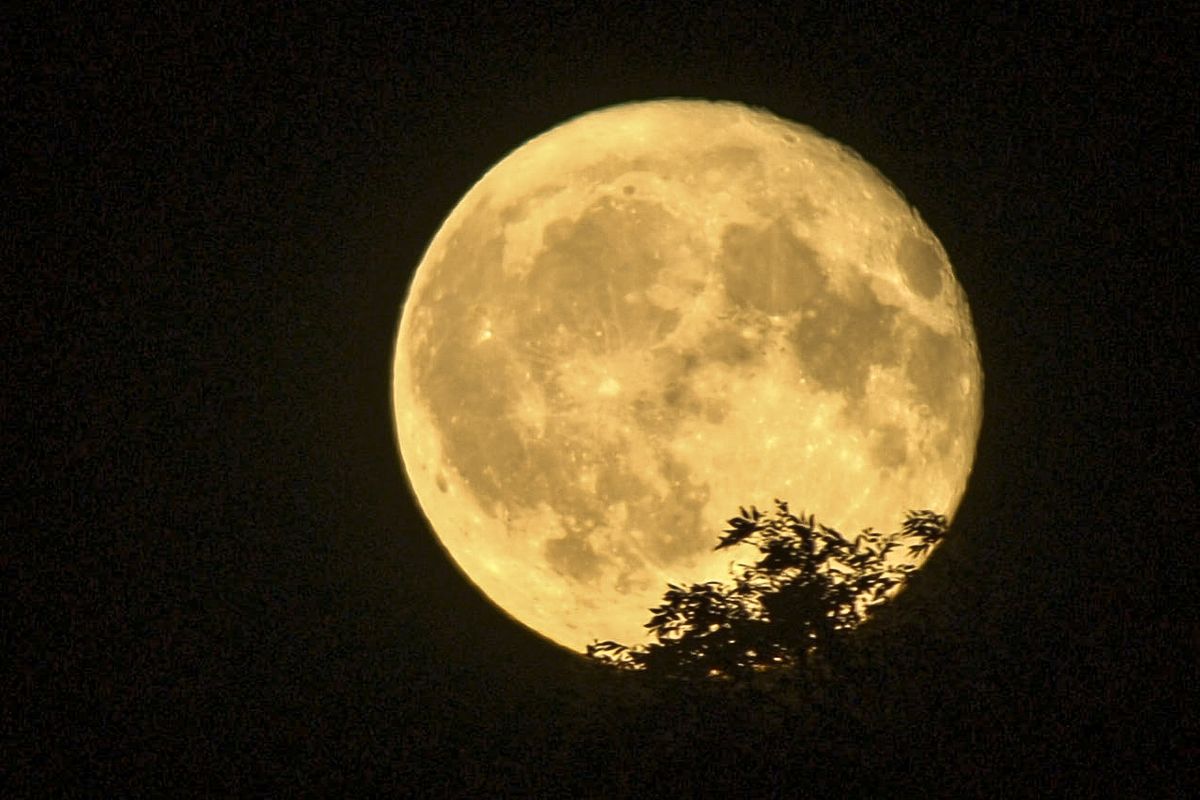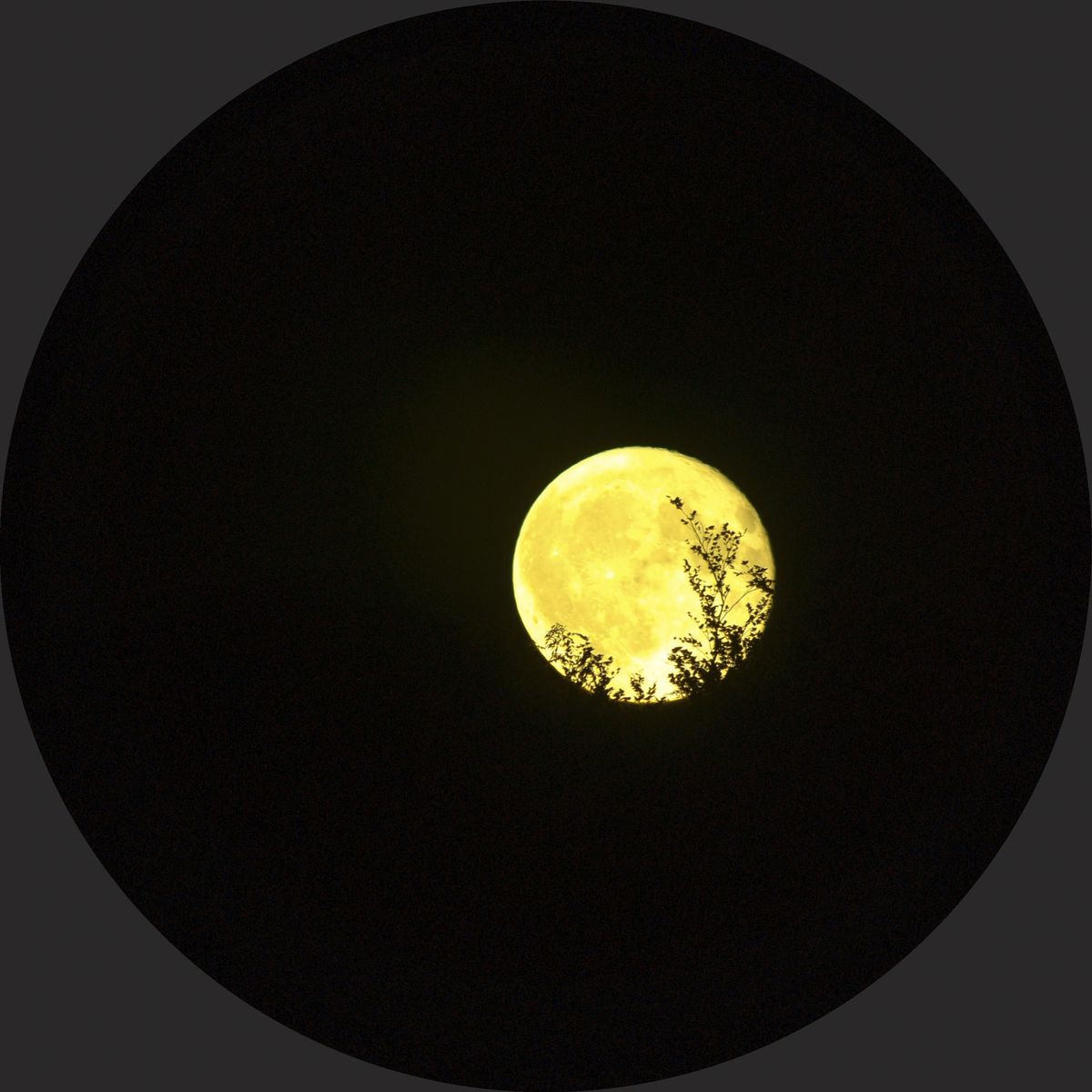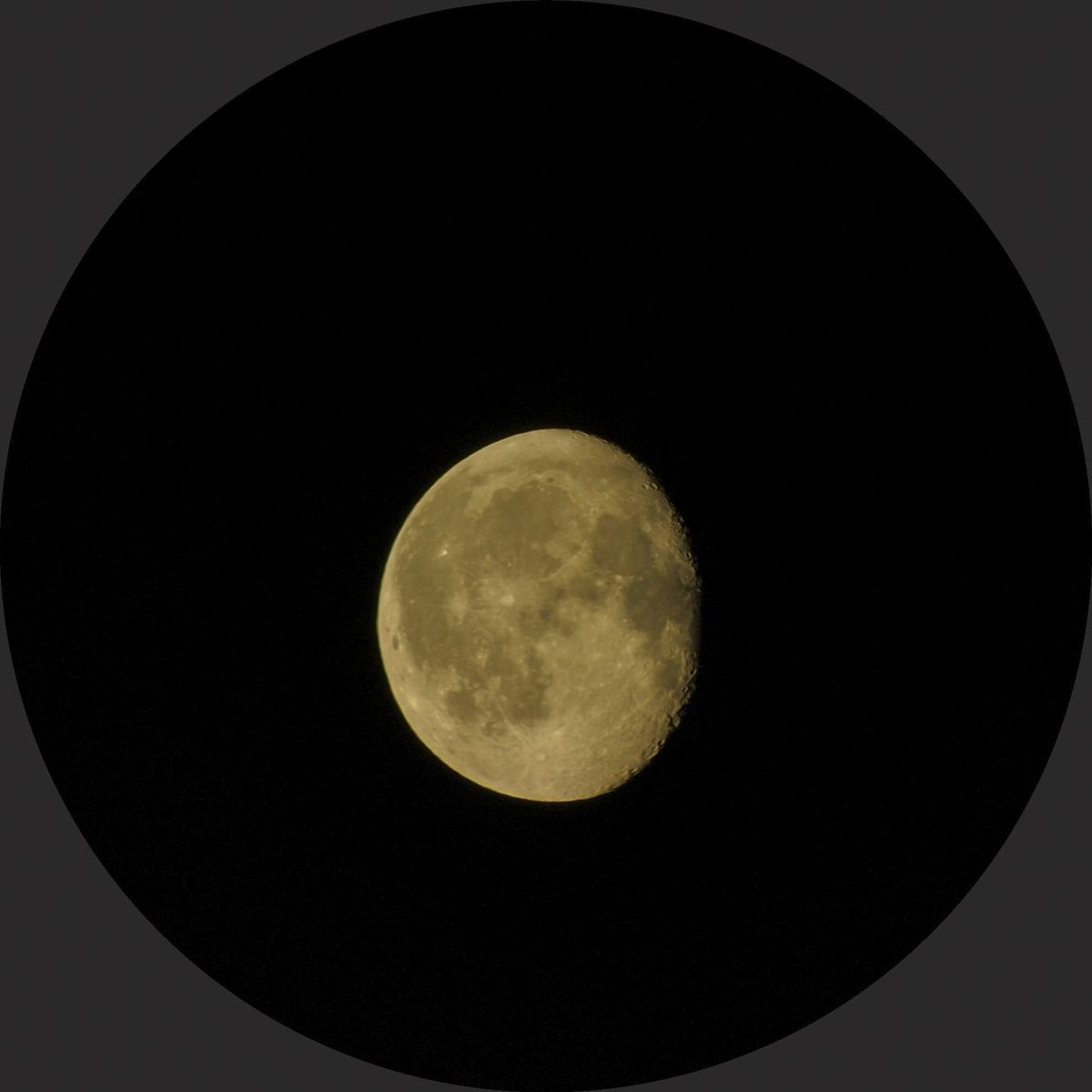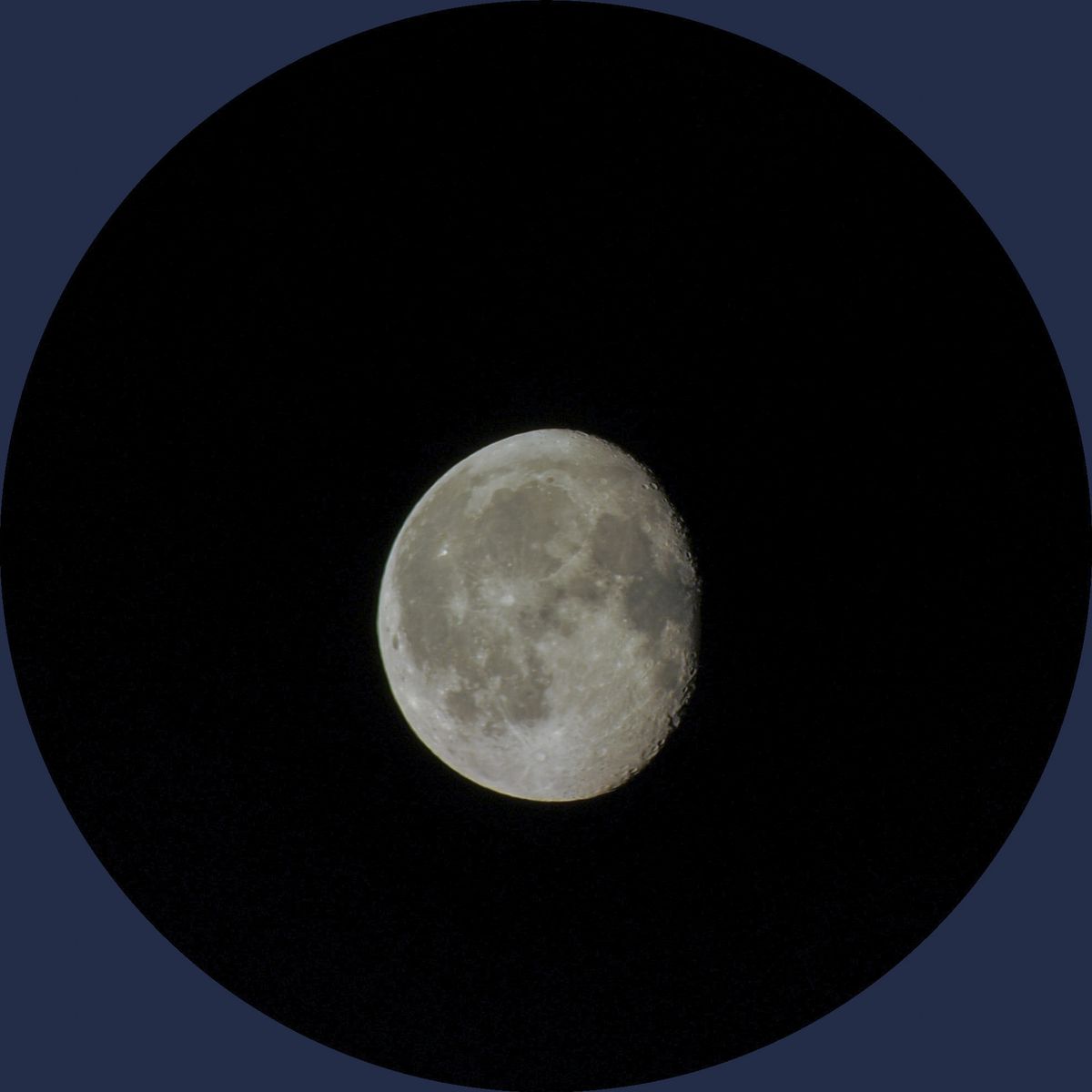Telescopes are evolving and their appeal is ever expanding, and the Vaonis Hestia is the perfect example. It was first announced almost a year ago, billed as the world’s first smartphone-based telescope. It’s meant to make astronomy more accessible than ever – and I’ve put it through its stargazing paces.
Hestia is the latest in a wave of new smart telescopes entering the world of astronomy in the past two years: Vaonis itself already produces the Vespera smart telescope, which can automatically detect what’s visible in deep space at any moment based on location and automatically shifts its orientation to give you a closer look at your distant galaxy, nebula or planet. Oh, and it also takes pictures – astrophotography made easy.
The Vaonis Hestia is a simpler and significantly cheaper offering than the Vespera – you have to do the hard work of manually finding distant objects in the sky above, and its magnification is only 25x. However, for astrophotography beginners it is the sensible option.
One reason is that it’s cheap: the Hestia kit, which includes a tripod, costs just $399 / £329. This is much cheaper than the best smart telescopes, which are usually 10 times the cost. You can save a bit by buying the Hestia without the tripod if you already have yours; however Vaonis’ tripod is custom designed for Hestia.
‘Smartphone-based’ means that Hestia uses your smartphone’s camera, rather than featuring its own image sensor and built-in memory. This is certainly a factor in keeping costs down, and the best cameras are pretty good these days anyway, so the design choice makes perfect sense.
I was getting great photos of the moon with Hestia in no time—images that would otherwise be impossible to capture just by pointing my phone up at the night sky.
The product actually launched in time for the Great North American Eclipse in April, and our US mobile editor Phil Berne took it along for the ride when he photographed the eclipse, complete with a solar filter (an added bonus ).
As for my experience starting with Vaonis Hestia, well, it was a mixed bag.
Beginning with Hestia
The Vaonis Hestia is a book-like device with a small eyepiece on top to help you position your smartphone camera lens for close-up views of the sun, moon and deep space. I started with a full moon, as it is the easiest object to find in the night sky.
You secure your phone in position by adjusting the two magnetic brackets that clip onto the Hestia. It’s basically a universal bracket that can hold any regular phone, although you might have trouble with a thicker foldable phone. My personal cell phone is a Google Pixel 6, which is well established.
It takes a bit of fiddling to adjust the angle of the Hestia using the tripod head to get the moon in the center of your shot – there are no fine point adjustments so it’s a bit of trial and error. At 25x zoom, any slight adjustment throws off the composition instantly, plus the moon moves out of your frame quickly, so you’ll need to make regular adjustments.
Such high magnifications are also an advantage if you’re a fan of timelapses: the moon will make its way from one side of your view to the other in a matter of minutes. If you include details such as trees or buildings in the frame, around and in front of the moon (easily done at moonrise or moonset), your photos and time lapses will only be more dynamic for it.
You can use your usual camera app to take pictures. However, Hestia’s optical construction returns an uncorrected image of the moon to your smartphone – you’ll need to fire up Vaonis’ Gravity app to optimize and correct the image.
The downside of optimizing your image in the Gravity app is that the photo resolution isn’t as high as it is using your phone’s camera app – I really wish my photos had more pixels for even more detail. good.
When you’re ready to take your first photo of the moon, you simply press the photo button and, a few seconds later, after the app stabilizes the image, your first photo appears on the screen – and wow!
The details are super-impressive (see below). You can make out craters and surface details that are otherwise invisible to the naked eye or by zooming in with your phone (even the Samsung Galaxy Spatial Zoom – and the photos taken with the Vaonis Hestia are real).
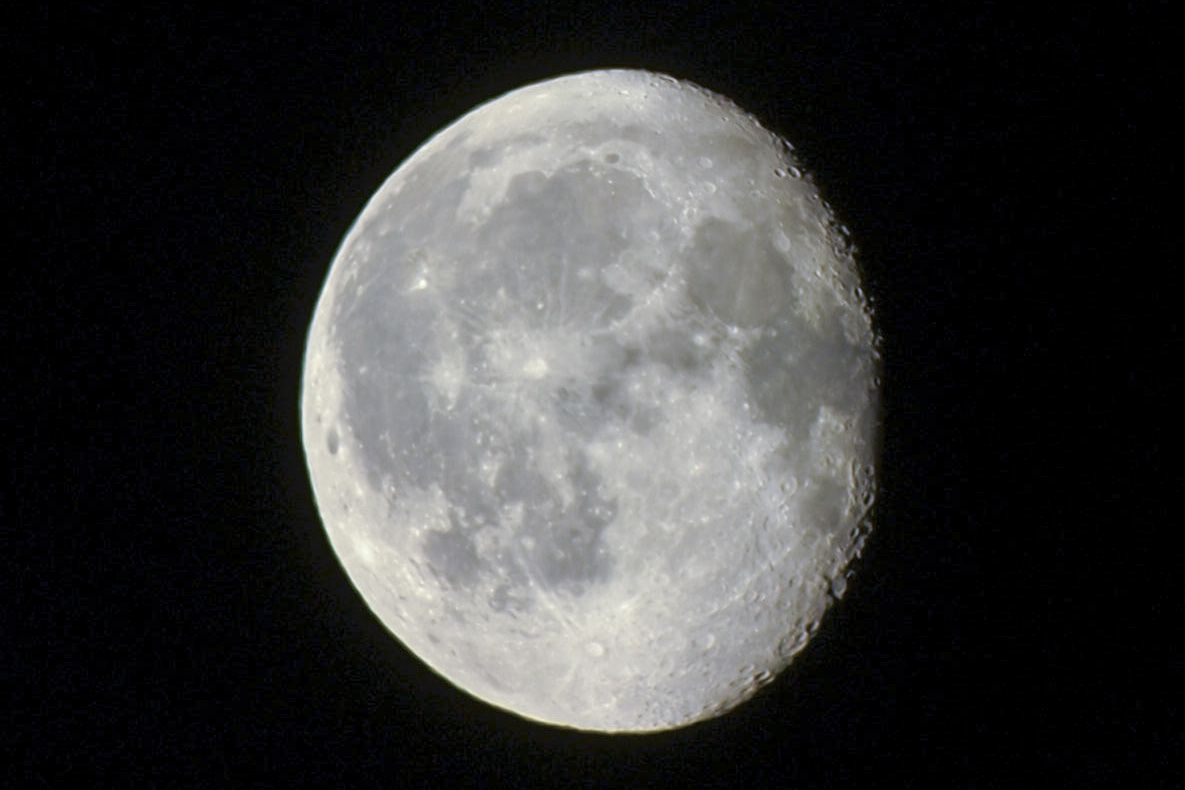
It only took me a few minutes of opening the app from scratch to get the breathtaking photo above – impressive stuff. However, I started to run into some issues when trying out the different shooting options within the Android version of the Gravity app, using my Pixel 6.
Great device, but an app that needs refinement
The experience may differ between the iOS and Android versions of the app and depending on the mobile device you use. I only tried Hestia with the Pixel 6 and my experience was mixed.
My first pictures of the moon were wonderful. I had to make a quick white balance adjustment because the moon was too warm and manually adjust the exposure because auto mode often made the moon too bright in the frame, but these adjustments in the app and a basic editor are easy to to be done. and overall I was able to work the Hestia well for single shot photos, and the results were excellent.
Next I tried the timelapse mode. It should be possible to create a moon time lapse that runs across the entire shot in a matter of minutes – but I couldn’t do it.
It seems you have to manually take every photo in a timelapse sequence, which is a real pain – who wants to press the photo button every 10 seconds for 10 minutes? Between the start and end of a sequence, a time lapse mode should be automated.
Even if I had the patience to take a photo once every 10-20 seconds for an entire sequence, I wouldn’t have because the app kept freezing, getting stuck during the image stabilization process.
The most photos I took in a time-lapse sequence before the app froze was six or so – hardly enough for a dynamic time-lapse. It even froze multiple times for single-shot photos, and I regularly had to close and re-open the app.
Once I had had enough of shooting the moon, I switched to deep space mode. You get a list of distant galaxies, nebulae, and planets, along with information about which ones are visible based on your time and location.
However, the hard work of finding those objects in deep space is up to you, and that’s the old-school dumb telescope method. The thrill of the chase will suit some, but you don’t have the automated convenience of a smart telescope, nor are there detailed instructions on how to find any particular object.
Beyond shooting the sun and moon, Hestia requires a steep learning curve for beginners. Consequently, I’ve limited my experience with Hestian to the moon and will attempt to explore deep space with Hestian another day, hopefully after some quirks and technical issues with the Gravity app have been ironed out.
I still recommend Vaonis Hestia, especially for the moon approach. If you’re like me, you’ll soon become obsessed with capturing the moon in its various phases – I just can’t guarantee what experience you’ll have beyond that.
